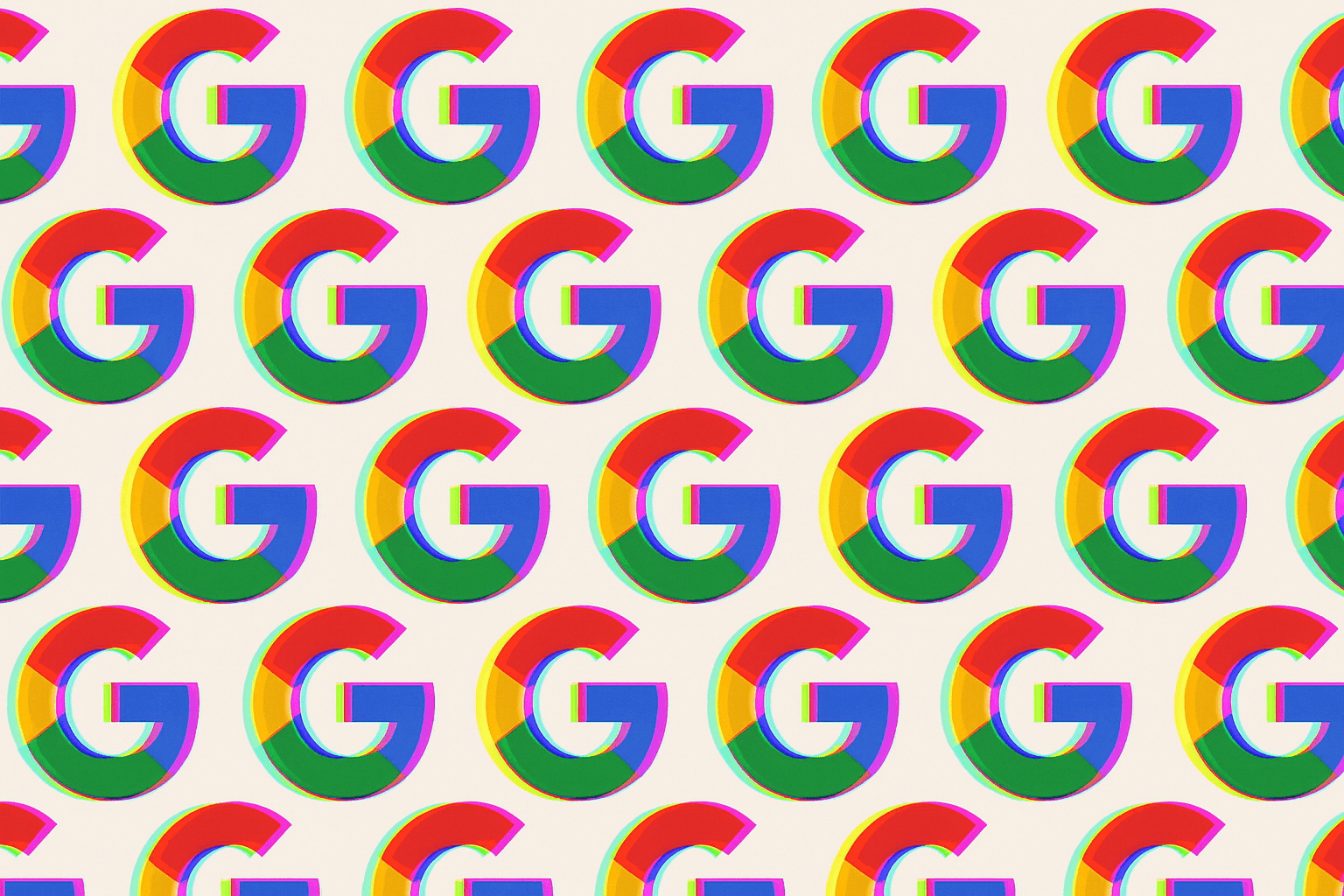As of April 2025, Solana price trends – hovering near $141 – are attracting renewed attention from investors and developers. While market fluctuations are typical in the cryptocurrency space, Solana’s price movements are tied increasingly to its evolving role as an infrastructure layer for artificial intelligence.
Solana’s technical architecture can handle high-speed, low-cost transactions, thus making it an appealing foundation for AI developers who build real-time, decentralised applications. The convergence of blockchain and AI is influencing the network’s utility and market valuation, creating new narratives around the future of scalable, intelligent systems.
Why Solana appeals to the AI industry
One appeal of Solana is its extremely agile performance. The network can theoretically support over 65,000 transactions per second (TPS), with real-world numbers averaging 3,000 to 4,500 TPS. This is possible because of the unique proof-of-history (PoH) mechanism, which timestamps transactions to enhance the validation process.
Considering the consistently low transaction costs – an average of $0.036 per transaction – Solana offers an ecosystem for computation-dominated AI operations. Blockchain technology, at this level, allows large-scale interactions without latency or high costs.
Solana pricing momentum mirrors AI integration
While the price of Solana generally mirrors the prevailing mood of the market, analysts have noted correlation between price movements and AI developments on the network. For example, the launch of AI-focused projects and integrations has caused price increases.
Distributing AI models for Solana
Solana is emerging as a go-to hosting platform for AI-powered decentralised applications. Some of the more prominent projects using the network for AI include:
- Nosana (NOS) – A decentralised GPU marketplace where users can distribute AI model training.
- io.net – an AI-centric cost-effective cloud computing service.
- Grass – Project building an open, incentivised system where an AI agents get paid to write software for large-scale web crawling.
These projects rely on the throughput of Solana to maintain real-time inference, moving large data streams, and executing microtransactions. Unlike many chains, Solana’s architecture accommodates AI applications that need to access the blockchain directly and quickly – without losing on cost.
Economic feasibility and AI-powered microtransactions
Most required micropayments in Solana for data, model updates, or compute payments, need to be executed frequently, via decentralisation. Through its fee structure, where the cost per interaction (transaction) is roughly $0.036, Solana guarantees low interaction costs.
This capability fosters concepts like token-incentivised federated learning, autonomous model marketplace architectures, and on-the-go autonomous services – which each depend on micro-interactions unfeasible on slower, more-pricey blockchains.
AI-related activity on the blockchain verifies its growth
Blockchain analytics show a surge in transaction activity in Solana associated with AI tools and services implementations. The network is capable of thousands of transactions per second; an increasing proportion of those include AI-related functions.
The number of active daily addresses on Solana has increased in parallel, due to growing activity from developers working with AI, machine learning infrastructure, predictive analytics and real-time automation systems.
The numbers show the demand for blockchain-associated workloads and development related to artificial intelligence is rising, which may help bolster Solana’s longer-term prospects and shape market sentiment – as evidenced by fluctuations in the price of Solana.
Solana uses AI for network efficiency
Solana’s contributions to artificial intelligence do not stop at decentralised apps. The network also uses AI for its internal processes, with the Solana Foundation developing ML models for validator clustering and network optimisation. Using traffic patterns and predicting possible blockages, algorithms help maintain the lower latency Solana is known for, even at busy times. This increases the network’s resilience for applications like live dashboards powered by AI or data processing systems on the blockchain.
Ecosystem investment AI momentum
Throughout last year, there was a great deal of venture capital investment in Solana-based projects that used AI add-ons. Important, funded projects include:
- STARDEER formed the “STARDUST Fund” with $10 million earmarked for Solana ecosystem projects that focus on building intelligent backbone solutions.
- Seek Protocol announced the development of a Solana-based AR + AI platform, reportedly valued at $8.89 million.
- Pioneer AI Foundry: Began executing a disbursement strategy for investing in Solana-based AI-dedicated, decentralised educational tools.
The funding helps build infrastructure for functions that drive on-chain activity – like AI model training, decentralised inference, data lineage and provenance, and more.
Closing thoughts
Transitions in Solana’s infrastructural, AI-transformable blockchain capabilities are changing the ecosystem’s scope. The architecture provides for services that demand speed, scalability and cost-effectiveness. Its features will help create next-generation, AI-dedicated, decentralised systems; effectively becoming serverless AI.
With increasing adoption of AI models with blockchain implementation, Solana is set to become a foundation where information, logic, and algorithms co-exist. The ongoing development of advanced intelligent infrastructure on the Solana network provides an opportunity to redefine perceptions of changes to Solana’s price.
(Image source: Unsplash)



